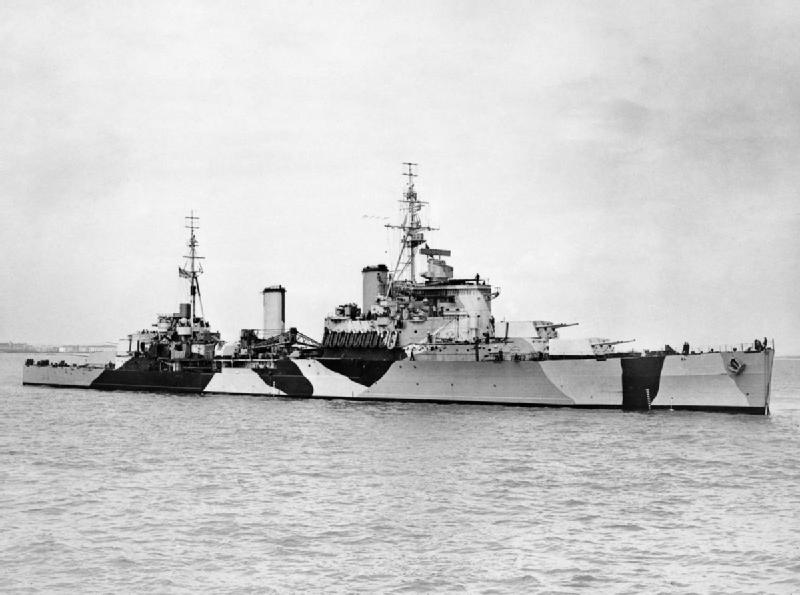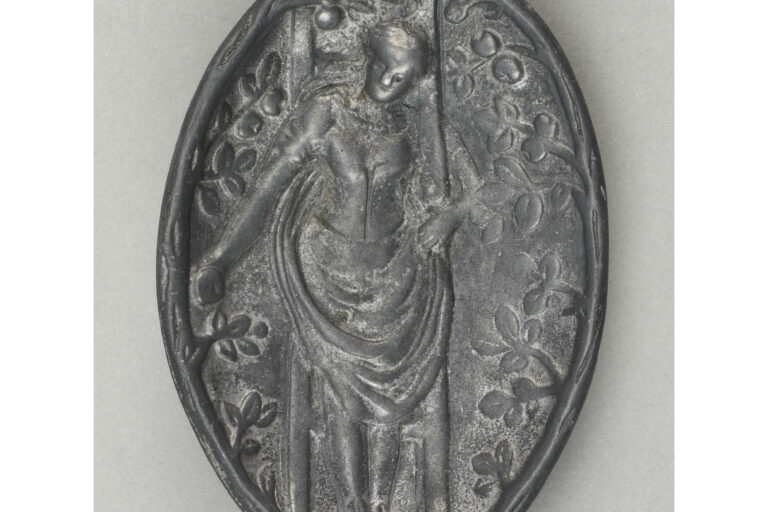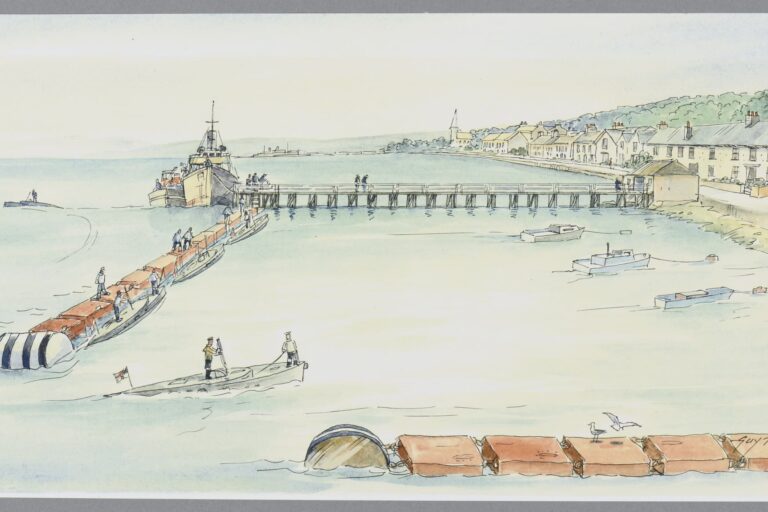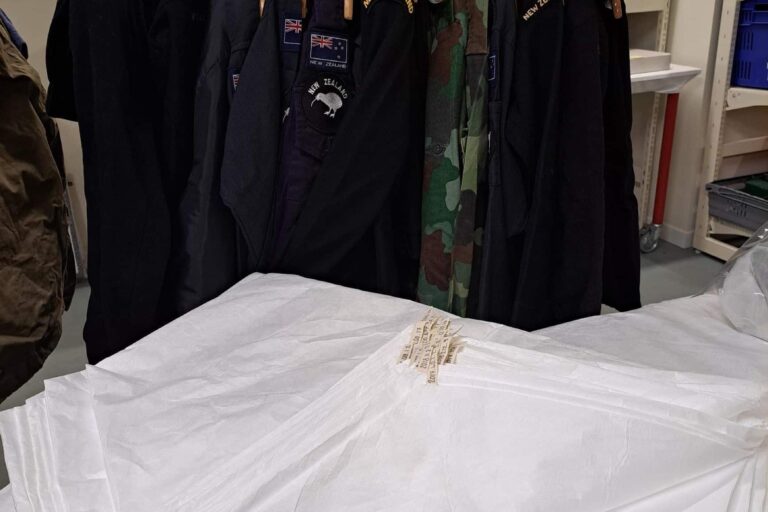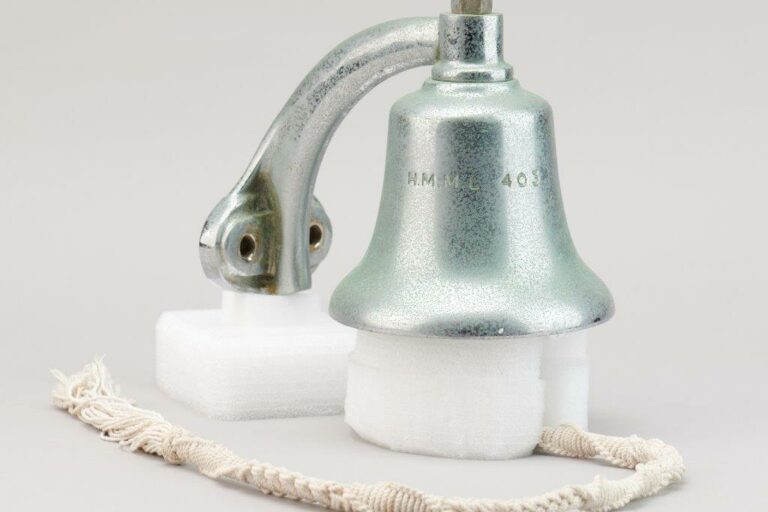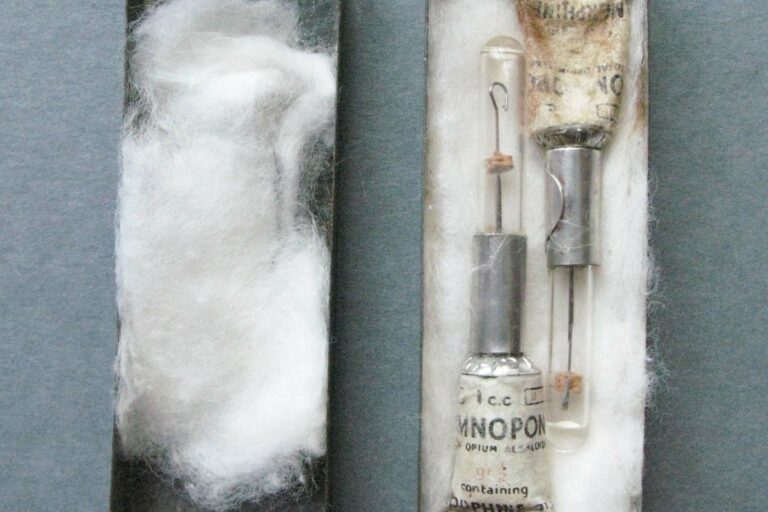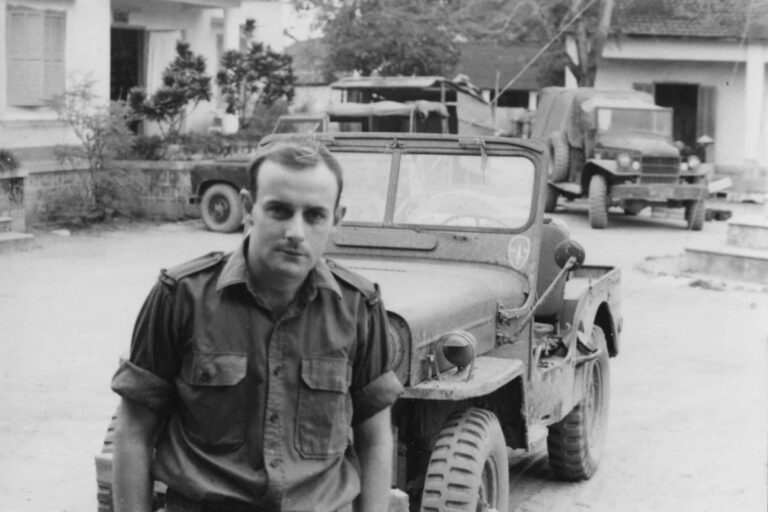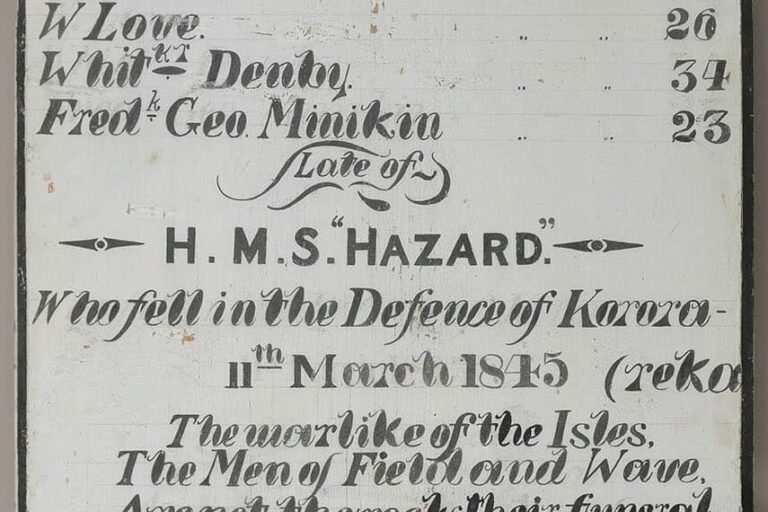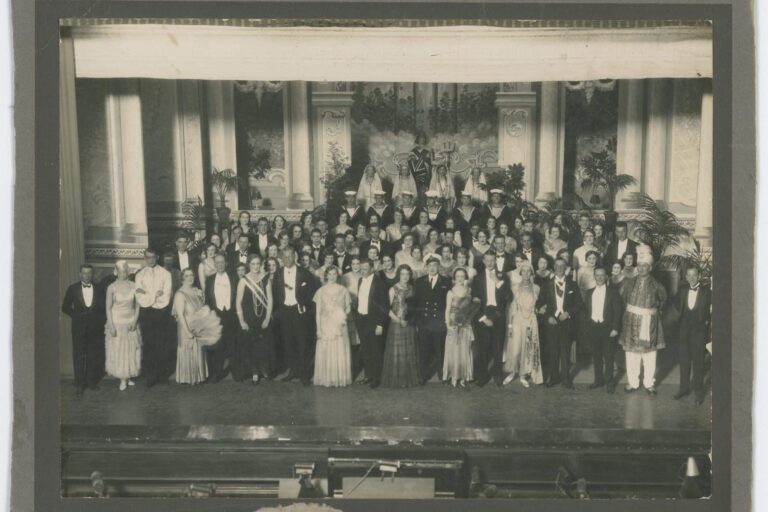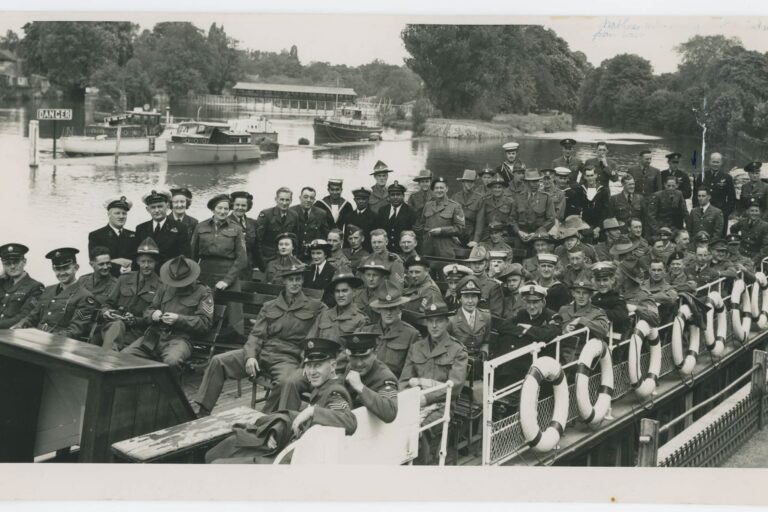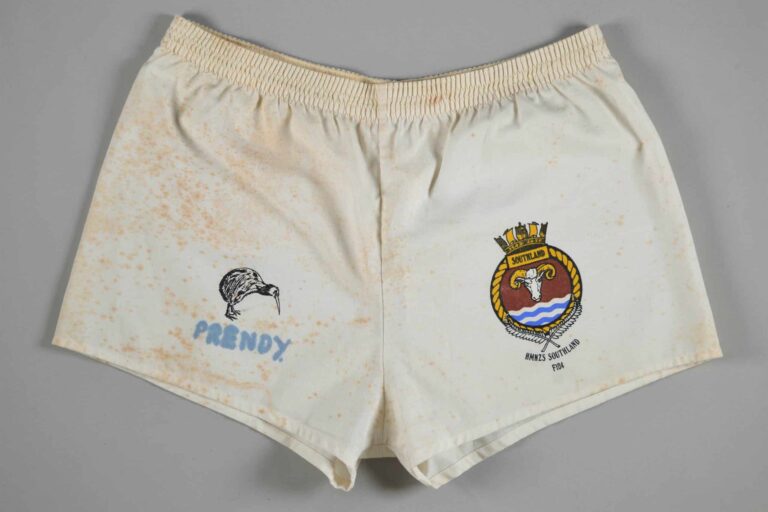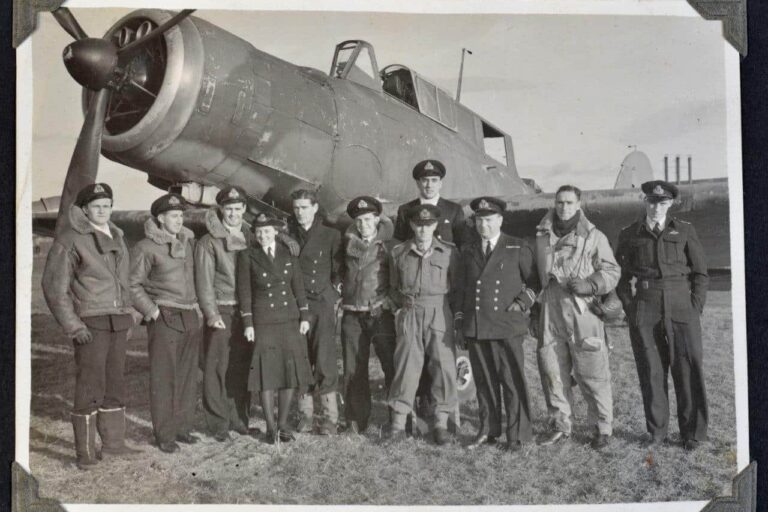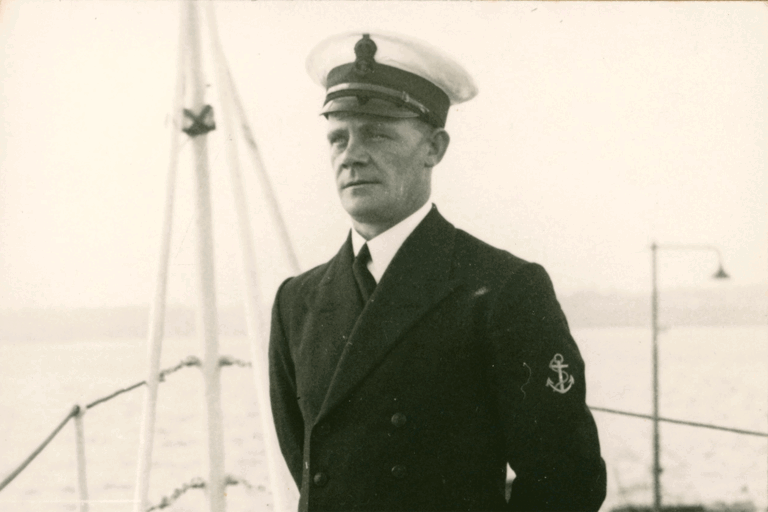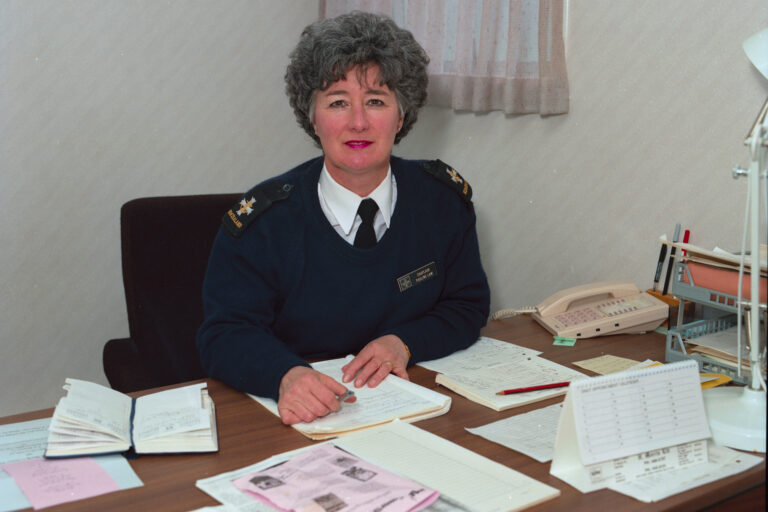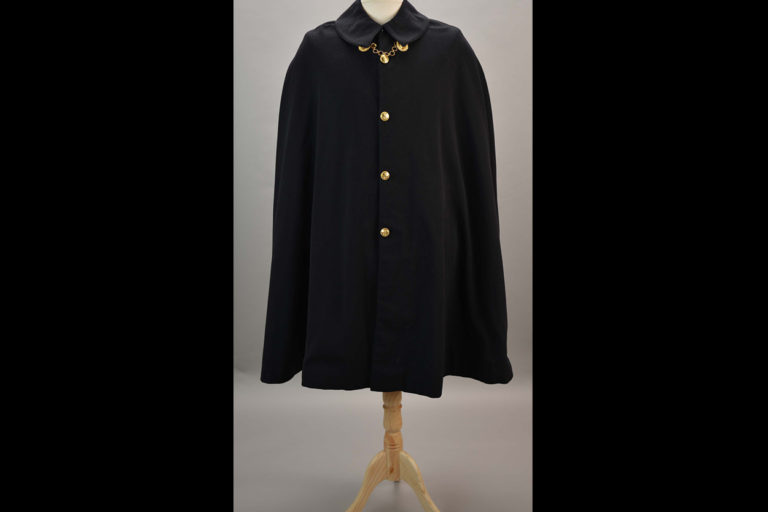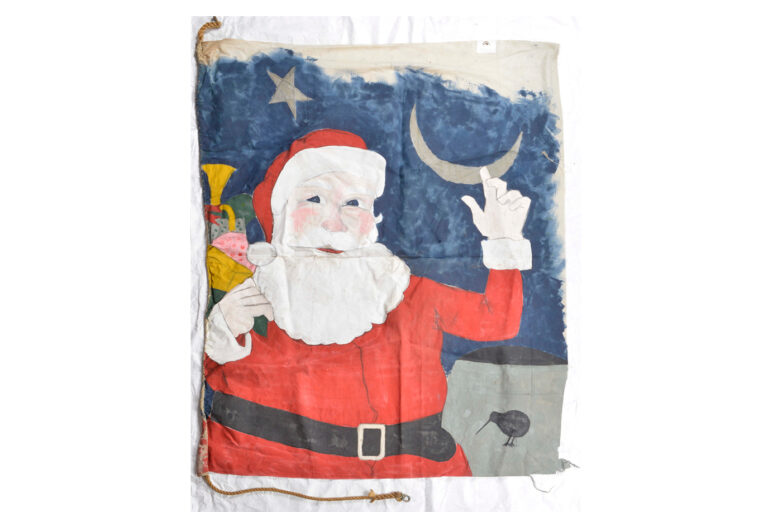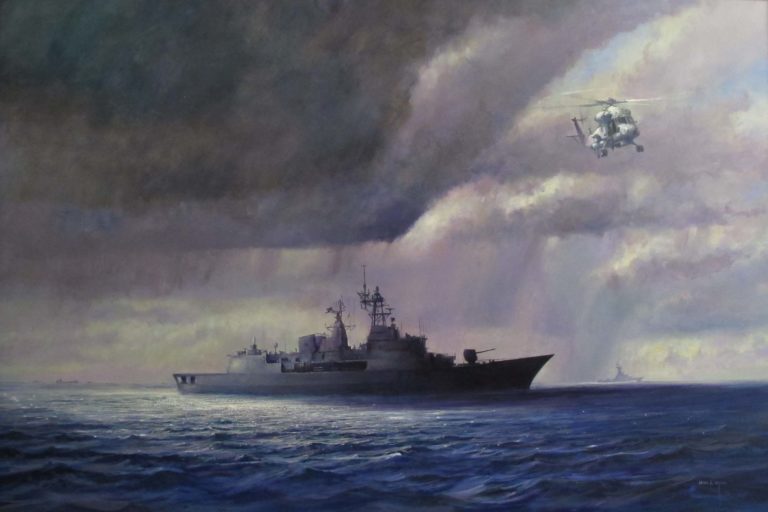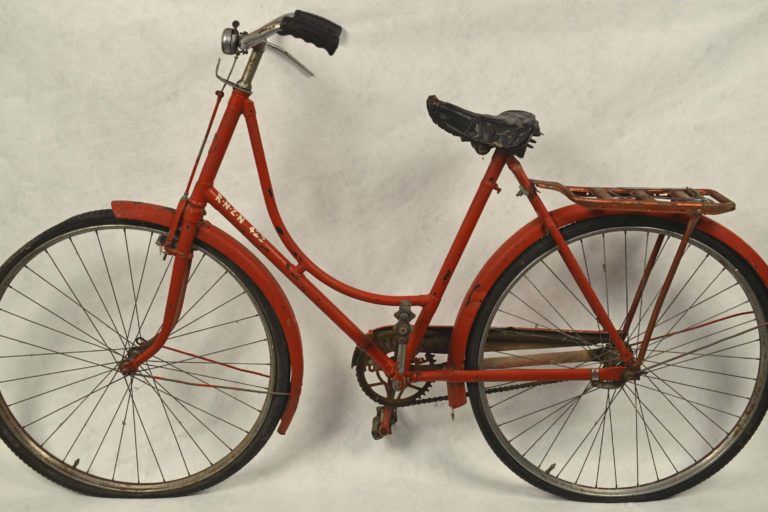It is not well known that New Zealanders took part in the only surface engagement of the Korean War between UN naval forces and the North Korean navy. The deployment of the cruiser HMS Jamaica to Korean waters resulted in three RNZN Midshipmen taking part in the engagement.
It is not well known that New Zealanders took part in the only surface engagement of the Korean War between UN naval forces and the North Korean navy.[1] The deployment of the cruiser HMS Jamaica to Korean waters resulted in three RNZN Midshipmen taking part in the engagement. John Burgess, Michael Muschamp, and Tom Riddell had held cadetships in the RNZN executive branch and in 1949 these men were sent to the Royal Navy for training. While serving with the Royal Navy, they were posted to Jamaica and were serving in the cruiser during the action of 2 July 1950.[2]
On 26 June 1950, the day after the North Korean offensive had opened, Admiral Sir Patrick Brind, Commander-in-Chief Far East Station offered the use of his fleet to Commander, US Naval Forces Far East (ComNavFE) Vice-Admiral C. Turner Joy ‘for any humanitarian mission.’[3] Three days later the Admiralty ordered the Commander-in-Chief Far East Station ‘to place RN [vessels] at present in Japanese waters at the disposal of the US Naval Commander for Korean operations in support of Security Council Resolutions.’[4] The Ministry of Defence cabled Washington stating that ‘demonstrations of solidarity are more important that the actual strength of the forces employed.’[5]
The first RN vessels to arrive off the coast of Korea were the cruiser HMS Jamaica, the frigates HMS Black Swan, Alacrity, and Hart. They had been part of the RN fleet that included the aircraft carrier HMS Triumph which had been steaming in the Japanese Inland Sea when the signal reached the fleet advised that war broken out.[6] The Commanding Officer was Rear Admiral William G. Andrewes, Flag Officer Second in Command Far East Station.[7] The North Korean naval forces in June 1950 consisted of 50 light craft which were sufficient to deal with the South Korean Navy’s 40 small craft but woefully inadequate to ensure that superiority at sea around the Korean peninsula against aircraft carriers and cruisers.[8] At the end of June HMS Jamaica, Black Swan, Alacrity, and Hart joined Task Group 96.5. The RN vessels would serve in East Korean Support Group (CTG 96.5) then trying to harass the left flank of the advancing North Korean forces.[9]
HMS Jamaica, Black Swan were cruising in company with cruiser USS Juneau off the Korean east coast on the morning of 2 July 1950[10] when four North Korean torpedo boats and three MGBs[11] were discovered heading south after escorting a coastal fleet of ten trawlers with ammunition for the NKPA. As the cruiser and frigate went to incept the trawlers the North Korean MTBs attacked. The USN and RN vessels opened fire at 10km and at 3.6km out one MTB was sunk, one dead in the water, one heading for the beach and the other fleeing seawards. The two MGBs were also destroyed.[12] The North Korean vessels did not score any hits on the UN vessels.[13]
Midshipman Michael Muschamp was asleep when the ship was called to action stations as recorded in Michael Hickey’s Korean War: The West Confronts Communism 1950-1953:
“A very perturbed 18-year old donned clothes, anti-flash gear and a tin hat in triple quick time. I made my way to my action station on the bridge…I soon saw what all the fuss was about. There were six small craft, trapped between UN three warships and the shore, firing what appeared to be 20mm and 40mm cannon at Juneau and Jamaica. The two cruisers got the range of the craft and sank four within ten minutes. Another ran ashore in flames and the sixth escaped seaward.”
Jamaica rescued the North Koreans in the water and took them prisoner. When they were brought aboard they were interrogated as Muschamp remembered that they were: interrogated by our South Korean liaison officer.’ They were asked ‘why didn’t you use your torpedoes’? The prisoners replied ‘oh, the Russians were going to teach us how to fire them next week.’[14]
The North Korean Navy never sought battle again. This allowed the UN naval forces free reign off the coasts of Korea and allowed them to support the land campaign through shore bombardments and air strikes from carrier-based aircraft.
Read more about New Zealand involvement in the Korean War in issue 10 of the White Ensign.
[1] Ian McGibbon, New Zealand and the Korean War: Volume II Combat Operations, Auckland: Oxford University Press, 1992, p. 15.
[2] Ibid.
[3] Ibid.
[4] John R.P. Landsdown, With the Carriers in Korea: The Sea and Air War in SE Asia 1950-1953, Wilmslow: Crécy Publishing, 1997, p. 13.
[5] Max Hastings, The Korean War, London: Guild Publishing, 1987, p. 71.
[6] Michael Hickey, Korean War: The West Confronts Communism 1950-1953, London: John Murray, 2000, p. 62.
[7] Ian McGibbon, New Zealand and the Korean War: Volume II Combat Operations, Auckland: Oxford University Press, 1992, p. 15.
[8] John R.P. Landsdown, With the Carriers in Korea: The Sea and Air War in SE Asia 1950-1953, Wilmslow: Crécy Publishing, 1997, p. 7.
[9] War History Compilation Committee, The History of the United Nations Forces in the Korean War, Seoul: Ministry of National Defence, 1973, p. 664, 666.
[10] Michael Hickey, Korean War: The West Confronts Communism 1950-1953, London: John Murray, 2000, p. 62.
[11] Some histories state that there were only two MGBs.
[12] Ian McGibbon, New Zealand and the Korean War: Volume II Combat Operations, Auckland: Oxford University Press, 1992, p. 15.
[13] Michael Hickey, Korean War: The West Confronts Communism 1950-1953, London: John Murray, 2000, p. 62.
[14] Ibid.

